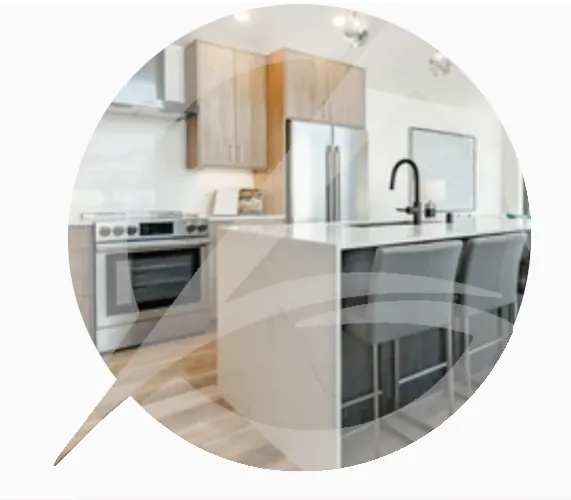Variable Rate Home Loans Comparison
AI Loan Comparison Search
75+ Banks & Lenders
Best Offers Instantly

At Get Approved Loans, we make comparing variable rate home loans from over 75+ trusted Australian lenders quick and simple. Whether you’re buying your first home, refinancing, or investing, a variable rate loan could give you the flexibility and potential savings you need.
What is a Variable Rate Home Loan?
A variable rate home loan is a mortgage where the interest rate can change over time based on the market and decisions made by the lender or the Reserve Bank of Australia (RBA). This means your repayments may rise or fall during your loan term.
Variable rate loans are widely available from both banks and non-bank lenders, including competitive ANZ home lending rates, Westpac home interest rates, and CommBank mortgage rates.
Why Variable Home Loans Are a Good Choice
There are several benefits to choosing a variable interest rate for your home loan:
-
Potential Savings: Your repayments could drop if the RBA lowers the cash rate.
-
Extra Repayments: Many variable loans let you pay extra without penalty, helping reduce your loan faster.
-
Redraw Access: Withdraw extra repayments if needed in the future.
-
Flexible Features: Options like offset accounts and split loans are commonly available.
Lowest Variable Rates in Australia
With access to exclusive offers and AI-powered loan matching, Get Approved Loans compares the lowest variable mortgage interest rates in Australia across a wide panel of lenders — from the Big 4 banks to smaller specialists.


Offset Accounts with Variable Rate Packages
Many variable rate home loans come bundled with offset accounts, which allow you to use your savings to reduce the interest charged on your loan. Popular lenders offering this feature include:
-
ANZ mortgage offset account
-
Westpac offset package
-
Commonwealth Bank offset home loan
An offset account can help you pay less interest and pay off your home loan sooner.
Is It Time to Fix Rates with the RBA Lowering the Cash Rate?
With the Reserve Bank of Australia lowering or pausing the cash rate, many Australians are wondering whether it’s better to switch to a fixed rate. While fixed rates offer certainty, sticking with a variable rate could allow you to benefit from further rate cuts.
Some borrowers opt for a split loan, where part of the loan is fixed and part is variable — offering a mix of stability and flexibility.
How to Compare Home Loans with Get Approved Loans
Use our smart loan comparison tool to:
Access rates from over 75 trusted Australian lenders
Choose between fixed, variable or split loans
Get personalised results in minutes with AI-powered technology
Flexible Loan Amounts and Terms
Compare Home Loans from Over 75 Lenders
Get Approved Loans compares variable home loans from the Big 4 — ANZ, Westpac, Commonwealth Bank, and NAB — plus over 75 additional lenders. We help you find a loan that fits your goals, lifestyle, and repayment capacity, all in just minutes.
Frequently Asked Questions (FAQs)
hidden tab
What is the difference between a fixed and variable rate home loan?
A fixed rate loan locks in your interest for a set term, providing repayment certainty. A variable rate loan, however, fluctuates based on market conditions and the lender’s rates.
Can I make extra repayments on a variable loan?
Yes. One of the major benefits of variable loans is the ability to make unlimited extra repayments, helping you save on interest and pay off your loan faster.
Do variable rate loans include offset accounts?
Many lenders offer a 100% offset account as part of their variable rate home loan packages, which can significantly reduce the interest you pay.
Are variable rates cheaper than fixed rates?
Variable rates are often initially lower than fixed rates, especially when the RBA is reducing the cash rate. However, they can rise in the future.
